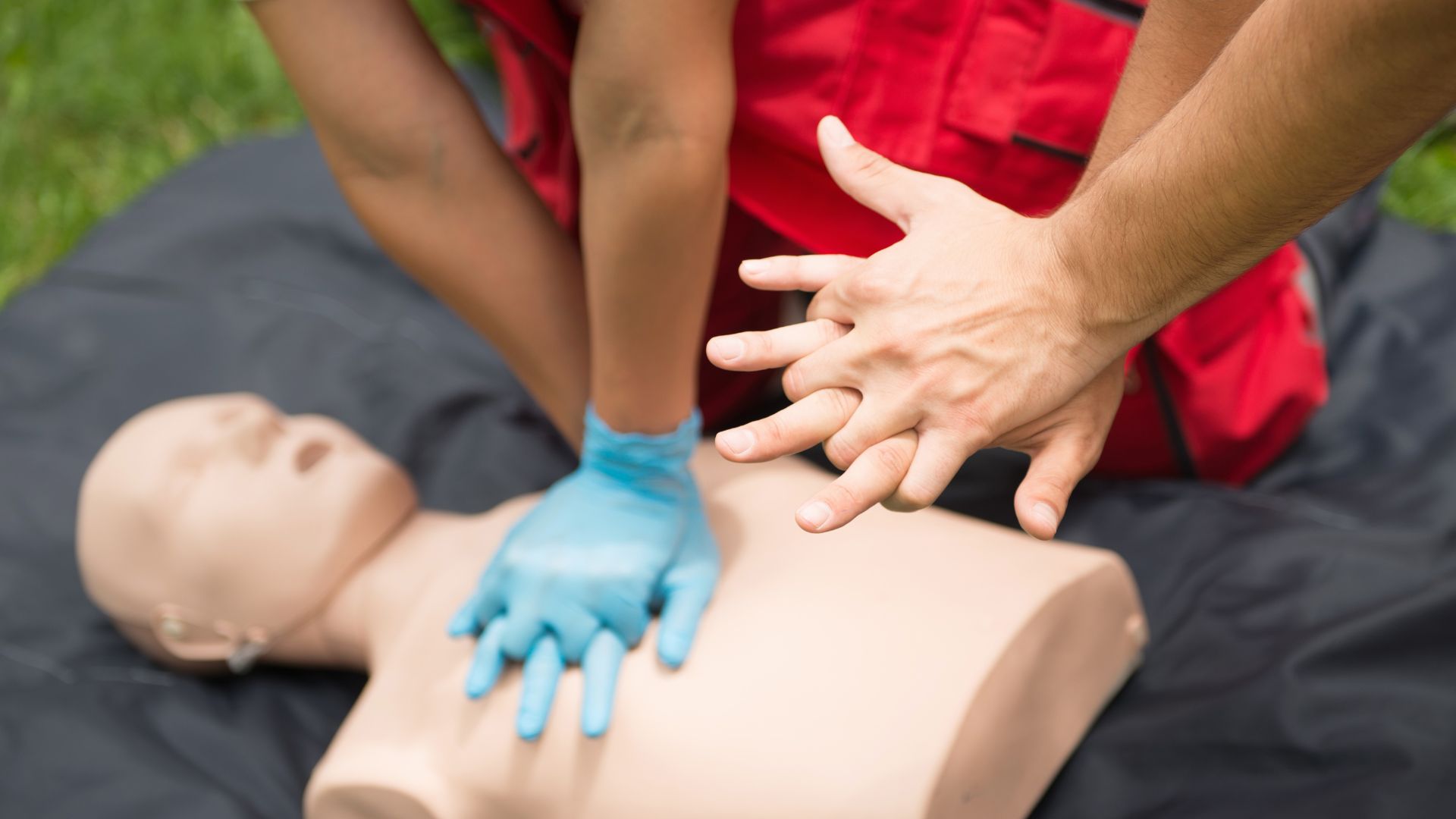
Cardiopulmonary resuscitation (CPR) is a life-saving technique performed during cardiac arrest to maintain blood flow and oxygenation until professional medical help arrives. Over the years, the approach to CPR has evolved significantly, from the traditional mouth-to-mouth resuscitation to the emergence of compression-only CPR. This article delves into the fascinating journey of CPR, highlighting its evolution, benefits, and shift towards compression-only CPR.
The Emergence of Mouth-to-Mouth CPR
Mouth-to-mouth CPR, also known as rescue breathing, has been the traditional method of CPR for many years. The technique involves providing artificial ventilation by blowing air into the lungs of an unconscious individual, often complemented with chest compressions. Mouth-to-mouth CPR has played a vital role in saving countless lives and remains a valuable skill in emergency situations.
Advantages and Limitations of Mouth-to-Mouth CPR
Mouth-to-mouth CPR offers several advantages. It helps deliver oxygen to the lungs and expels carbon dioxide, thereby maintaining oxygenation and preventing brain damage. Additionally, it allows rescuers to assess the patient’s breathing, detect obstructions, and respond accordingly.
However, mouth-to-mouth CPR also presents some limitations. The reluctance to perform rescue breathing due to concerns about infections or potential exposure to bodily fluids has been a significant obstacle. This hesitancy may delay or deter bystanders from initiating CPR, decreasing the chances of successful resuscitation. Furthermore, the technique requires proper training to ensure effectiveness, which can be a barrier for individuals with limited knowledge or experience in CPR.
The Transition to Compression-Only CPR
In recent years, a significant shift has occurred in the approach to CPR, focusing primarily on chest compressions without mouth-to-mouth rescue breathing. This method, known as compression-only CPR or hands-only CPR, simplifies the process, making it easier for bystanders to perform CPR effectively and promptly.
Benefits of Compression-Only CPR
Compression-only CPR offers numerous benefits that contribute to improved outcomes during cardiac arrest. Firstly, it removes the hesitation associated with mouth-to-mouth resuscitation, increasing the likelihood of bystanders initiating CPR immediately. Early intervention is crucial during cardiac arrest, as every minute without oxygenated blood flow reduces the chances of survival.
Secondly, compression-only CPR simplifies the process, reducing the training requirements and making it more accessible to the general public. It removes the potential barrier of discomfort or fear associated with providing rescue breaths and focuses on the most critical aspect of CPR—maintaining blood circulation.
Lastly, studies have shown that high-quality chest compressions are the key to successful resuscitation. By emphasizing compression-only CPR, the technique ensures a consistent and uninterrupted blood flow to the brain and vital organs. This continuous circulation is crucial until professional help arrives, as it increases the chances of survival and minimizes the risk of long-term neurological damage.
Promoting Compression-Only CPR in Communities
Recognizing the benefits and simplicity of compression-only CPR, organizations and healthcare professionals have actively promoted this technique in communities worldwide. Public awareness campaigns, educational initiatives, and hands-on training sessions have been conducted to equip individuals with the necessary skills to save lives during cardiac emergencies.
Moreover, technological advancements have played a significant role in facilitating the dissemination of compression-only CPR. Mobile applications and smart devices with built-in CPR guidance and feedback systems allow individuals to receive real-time instructions and improve the quality of their chest compressions.
Simplifying CPR – Compressions Only
The evolution of CPR from mouth-to-mouth to compression-only represents a paradigm shift in emergency cardiovascular care. Compression-only CPR offers a simplified approach that empowers bystanders to take immediate action during cardiac arrest, enhancing the chances of survival. By eliminating the need for rescue breaths, compression-only CPR addresses the concerns and barriers associated with traditional mouth-to-mouth CPR by eliminating the need for rescue breaths.
While mouth-to-mouth CPR has been a valuable technique in saving lives, the transition to compression-only CPR reflects a growing understanding of the critical role chest compressions play in maintaining blood flow and oxygenation during cardiac arrest. By focusing on high-quality chest compressions, compression-only CPR ensures a continuous supply of oxygenated blood to vital organs, increasing the chances of successful resuscitation and reducing the risk of long-term complications.
Promoting compression-only CPR in communities is essential to empower individuals with the knowledge and confidence to respond effectively during cardiac emergencies. Public awareness campaigns, educational programs, and the integration of technology have facilitated the dissemination of this life-saving technique, making it more accessible to the general public.
The evolution of CPR from mouth-to-mouth to compression-only represents a significant advancement in emergency medical care. This transition has not only simplified the technique but has also increased the likelihood of immediate bystander intervention, improving outcomes for individuals experiencing cardiac arrest. By embracing compression-only CPR and promoting its widespread adoption, we can collectively contribute to a society where more lives are saved, and cardiac emergencies are met with swift and effective responses.